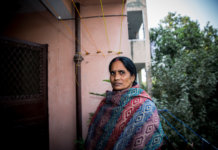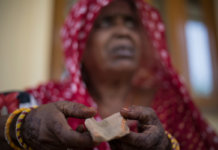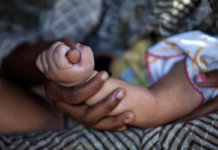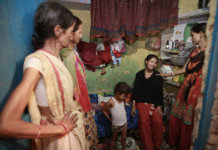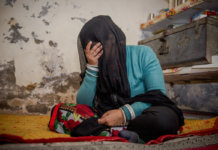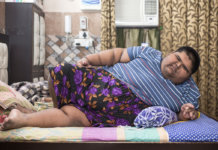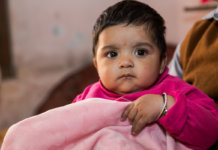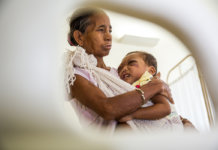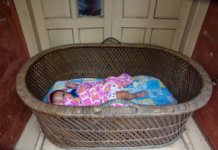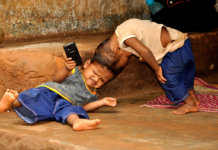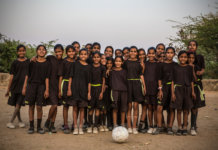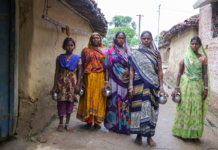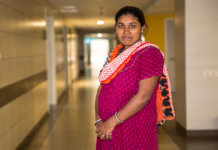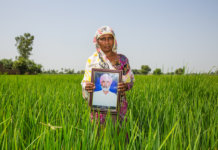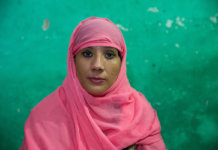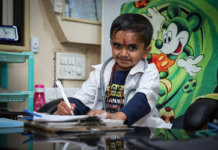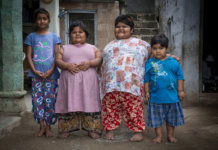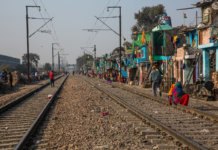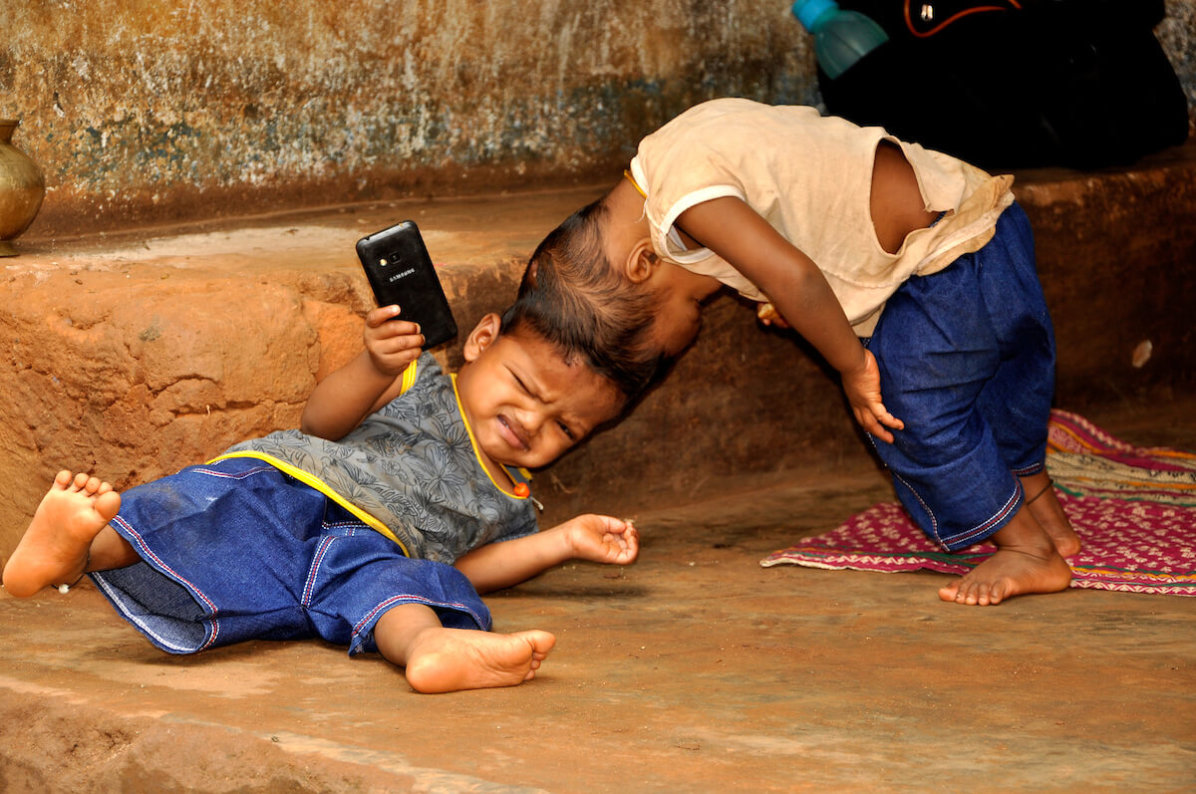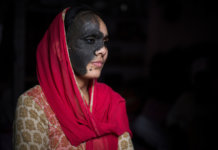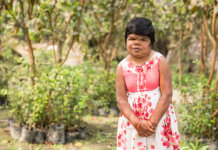A poverty stricken couple in India dream of seeing their two-year-old conjoined twins live separate lives after doctors offer hope of life changing surgery.
Pushpanjali Kanhar, 25, from Kandhamal, in Orissa, eastern India, was shocked to give birth to two boys fused at the head, in a local hospital, on March 9, 2015.
She had no idea there were any complications until she saw her sons, Honey and Singh, were born connected at the cranium.
Scans quickly confirmed they each had a brain and were only conjoined at the tip of their heads. But after two desperate years of attempting to find an affordable doctor to help, the couple failed and were forced to return home.
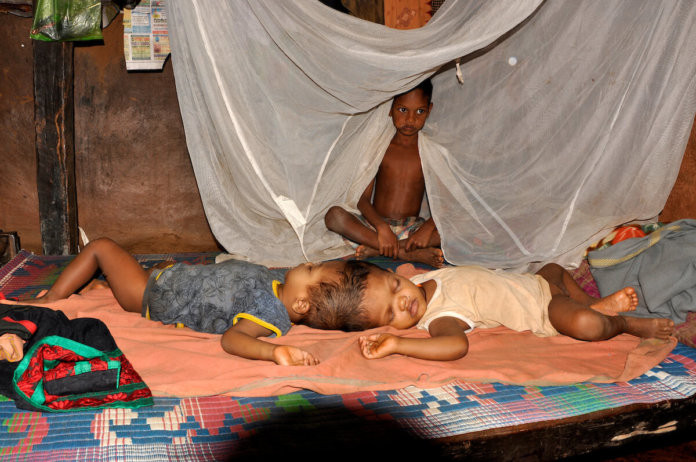
Now, the Orissa state government has confirmed they will assist. And the family are due to meet with doctors at the All India Institute of Medical Sciences hospital (AIIMS), in New Delhi, India’s capital, for further consultations.
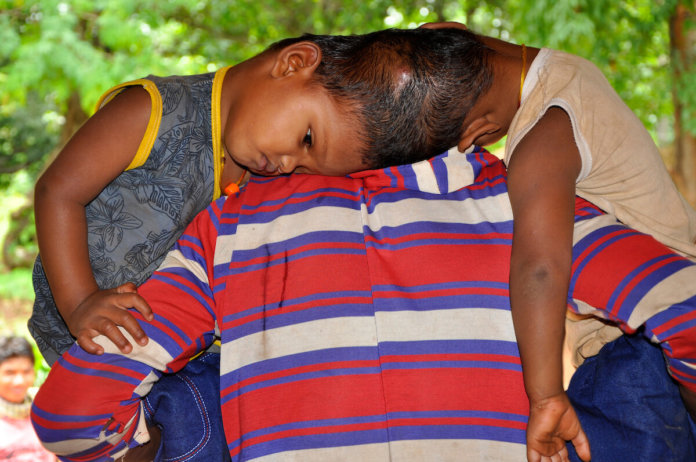
Dr Swapneshwar Gadnayak, Chief District Medical Officer for Kandhamal, said: ‘The twins are known as Craniopagus twins as they have two separate brains but are fused at the cranium. There have been cases of successful surgery where the children have survived. But if the brains had been joined it would be much more difficult to operate. This case needs further evaluation, and then we can confirm if surgery is possible or not.’
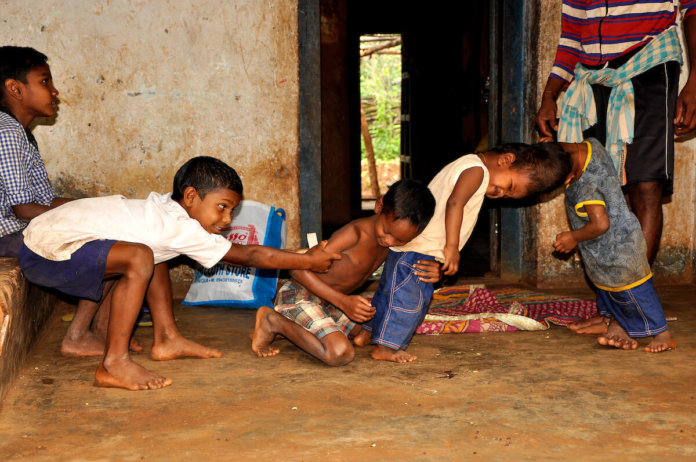
The poverty-stricken family have waited patiently for government help all these years and now they’re looking forward to meeting new doctors.
Father Bhuan Kanhar, who works as a farmer earning Rs 1600 a month (£20), tried getting treatment for his boys after their birth but was unable to pay the medical expenses.
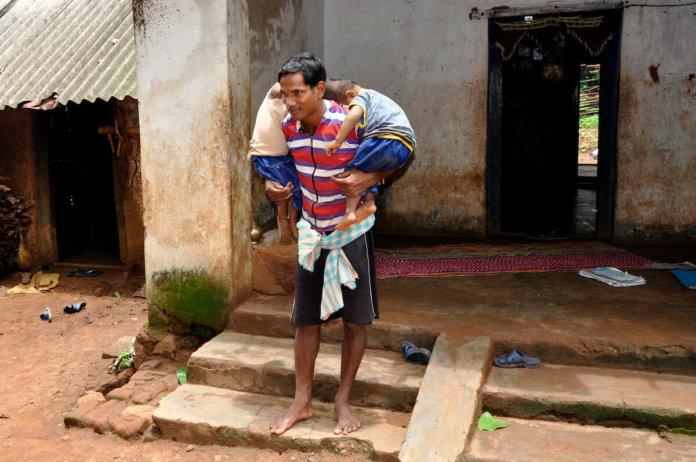
Eventually they were forced to take their sons home and wait.
He said: ‘After my sons were born I tried to get them treatment. But my financial condition meant I couldn’t afford the costs. In the end I lost all hope and I was forced to watch my sons live with this condition for two years.’
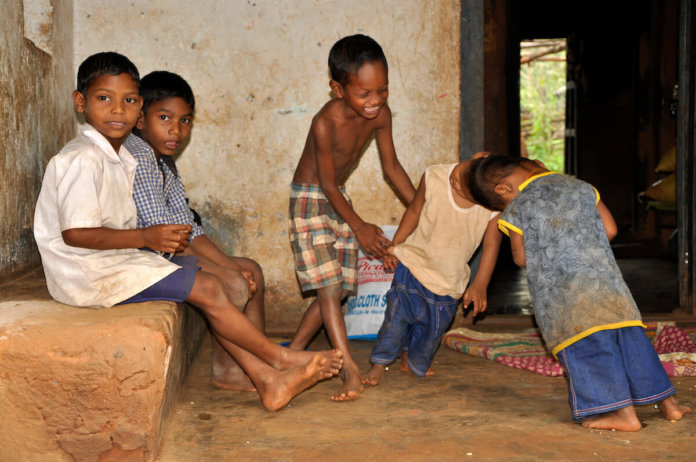
The couple, who have two other sons, nine-year-old Ajit, and six-year-old Dakhiya, who are both healthy, dream of seeing all four of their sons playing together.
Pushpanjali said: ‘I want Honey and Singh to be like their older brothers. I want them to go to school and live individual lives. I dream they have a better life than this. They can barely speak but I know they can do better than this. They know the situation they are in, they see other children, they want a better life.’
‘I dream that surgery is possible and they come home safe and sound.’
Pushpanjali and Bhuan will now stay with their boys while doctors analyse their condition and decide if surgery is possible.
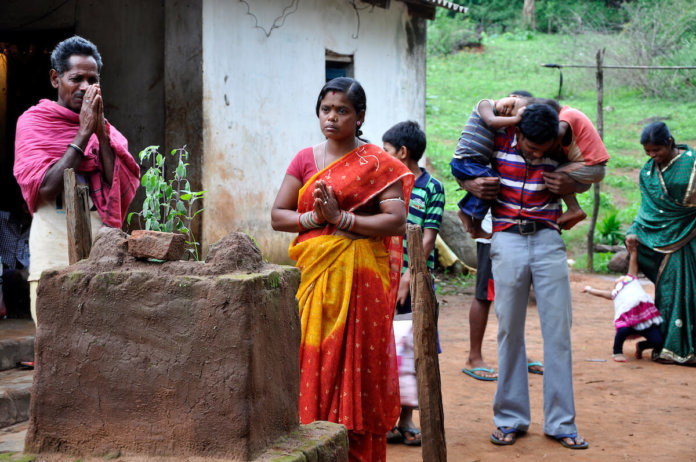
Dr Swapneshwar added that separating the boys could possibly cause developmental complications in one or both of the boys.
Dr Swapneshwar said: ‘If surgery happens it will be a complex one. The risks depend on where the heads are joined and how much they are fused.’
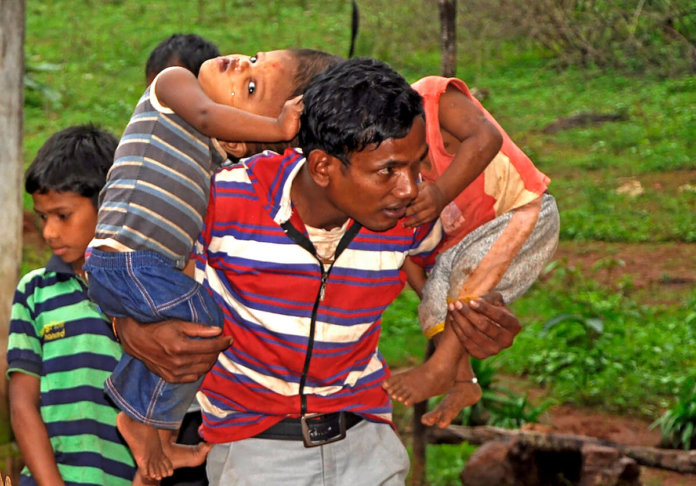
Craniopagus twins occur once in every 2.5 million births. And if Craniopagus twins survive birth there is an 80 per cent risk they would die before the age of two if they are not separated.

